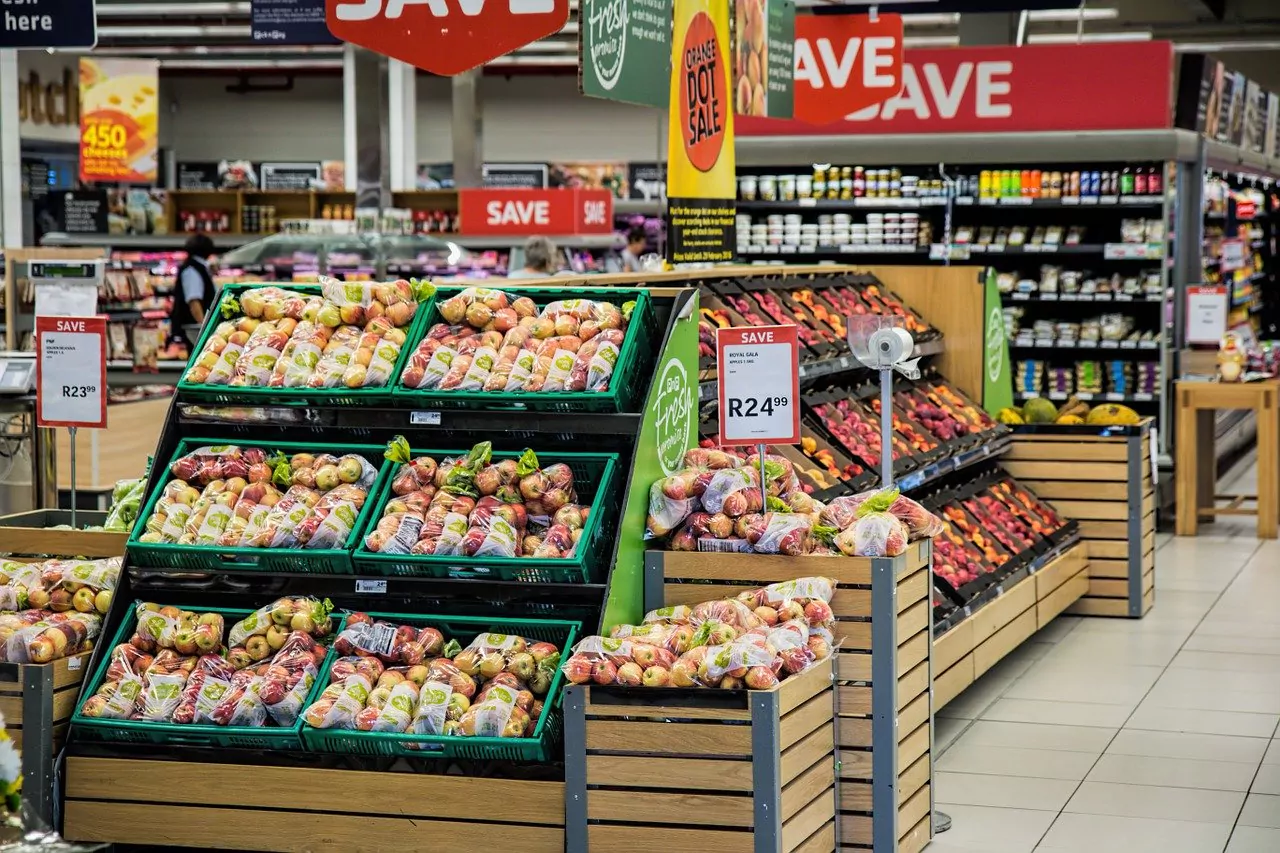The average monthly total income in the second quarter of 2021 represented, in nominal terms, 5,573 lei per household and 2,196 lei per person, while the total expenditure of the population averaged 4,709 lei per month per household (1,855 lei per person), i.e. 84.5% of the total income level, according to data from the National Institute of Statistics (INS), quoted by Agerpres.
Urmărește mai jos producțiile video ale Economedia:
- articolul continuă mai jos -
Cash income was, on average, 5,230 lei per month per household (2,060 lei per person), and income in kind 343 lei per month per household (135 lei per person).
According to the National Institute of Statistics (NSI), wages and other related income formed the most important source of income (69.1% of total household income).
The NSI notes that income from social benefits (19.3%), income in kind (6.1%), mainly from consumption of agri-food products from own resources (5.1%), income from agriculture (1.8%), income from self-employed non-agricultural activities (1.6%), and income from ownership and sale of household assets (1.1%) also contributed to total household income.
The institution points out that the residence environment influences the differences in the level and especially the structure of household income between urban and rural areas.
The NSI data show that the main destinations of household expenditure are the consumption of food, non-food goods, services and transfers to public and private administration and social security budgets in the form of taxes, contributions, levies, as well as covering needs related to household production (animal and poultry feed, payment of labor for household production, products for sowing, veterinary services, etc.).
Investment expenditure, which is spent on the purchase or construction of housing, the purchase of land and equipment needed for household production, the purchase of shares, etc., accounts for a small share of total household expenditure (only 0.5%).
The NSI points out that the residence environment determines some particularities in terms of the size and structure of total consumption expenditure.
According to the standard classification by purpose of consumption expenditure (COICOP), food and non-alcoholic beverages accounted for an average of 34.9% of household consumption in Q2 2021.
Edited for English

 Sursa foto: Pixabay
Sursa foto: Pixabay





























